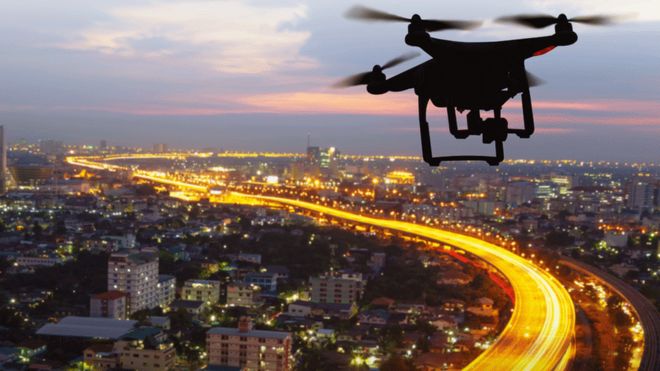Over a decade, the PENETRON crystalline technology has been the topmost solution in an almost endless range of infrastructure projects including the FIFA World Cup coming up in Russia soon, the world largest sports event. The latest project to be concluded in May 2018 is the 200-room Lotte Hotel in Samara.
PENETRON crystalline technology has helped to accelerate construction times by getting the hotel ready in time for the World Cup kick off next month. Its also a walking distance from the Samara Arena. The PENETRON ADMIX was specified for the project which included all below grade structures, two-level underground parking garage(11m/33-feet below ground). PENEBAR SW water stop was used to seal the construction joints; tie-holes and framework seams were treated with PENETRON and PENECRETE MORTAR.
The Director of SPMU-Penetron Samara, Dmitriy Martyanov noted that "using Penetron materials allowed the builders to significantly shorten construction time, which played a part in the quick construction since the project started a year later than initially planned."
"In recent years, Penetron Russia has gained a comprehensive level of experience and technical know-howin countless projects and infrastructural upgrades across the country, added Igor Chernogolov, President of Penetron Russia.
Ramping Up Russia
The range of infrastructures that has benefited from PENETRON crystalline technology includes hotels, residential houses, bridges, water treatment plants and underground parking garages and tunnels. Some of the projects concluded by PENETRON during the ramp up to Russia include:
- Mercure Hotel, Saransk: This 104 four-star hotel was completed in time for the World Cup. Used both PENETRON and PENECRETE MORTAR to water proof the 500m2 area of the foundation.
- Central Stadium Parking Garage, Yekaterinburg: This was built underground on the in all stadiums, this huge parking lot can accommodate 440 cars; the foundation walls and floor slabs were treated with PENETRON ADMIX.
- Wastewater treatment plant, Kaliningrad: adjacent to the Arena Baltika, the plant used PENETRON and PENECRETE MORTAR for repair work on the concrete work of the aeration tanks.
- Arena Stadium Water Plant, Samara: enlarging the city's current water treatment, just like the others it also used PENETRON ADMIX for the concrete tanks and water chambers.
- Jubilee Residential District, Saransk: residential buildings and infrastructures situated here used PENETRON's crystalline technology to water proof the concrete structures, built close to the Insar and Tavla rivers.
- St Petersburg Metro, St Petersburg: the extension of the line 3 added two new stations(including a stadium stop); PENETRON topical materials was applied to the tunnel and station walls, PENEBAR SW water stop was used to seal the joints.
- Tavla River Bridge, Saransk: PENETRON ADMIX was mixed into the concrete used for load-bearing, reinforced concrete structures of the bridge.









Follow Us
Were this world an endless plain, and by sailing eastward we could for ever reach new distances